Because You've Been Wondering: This Is How to Tell If Someone's Had Lip Injections
There's a science to it.
In 2017, lips are far beyond just a body part we use to talk, eat, and drink.
Thanks in no small part to Kylie Jenner's plumped-up fish gape, they're a full-on obsession in the cultural zeitgeist. And because of the major surge in filler injections, like Botox and Juvaderm, when we come across a full pout these days—be it IRL or on the cover of a magazine in the grocery checkout line—it begs the did-she-or-didn't-she? question like never before.
Honing in on this phenomenon is a newly-released study conducted by JAMA Facial Plastic Surgery, which seeks to indentify what characteristics of cosmetically-enhanced lips veer into artificial-looking territory. The research was conducted by two plastic surgeons, Dr. Sang W. Kim and Dr. Daniel E. Rousso, who were looking to gain a better understand of how much is too much?
"One of the main challenges for clinicians is to know when to stop treating the lips before the results appear artificial and unnatural," they state in the study. "Despite the best intentions, this decision can sometimes lead to misguided and unintended consequences."
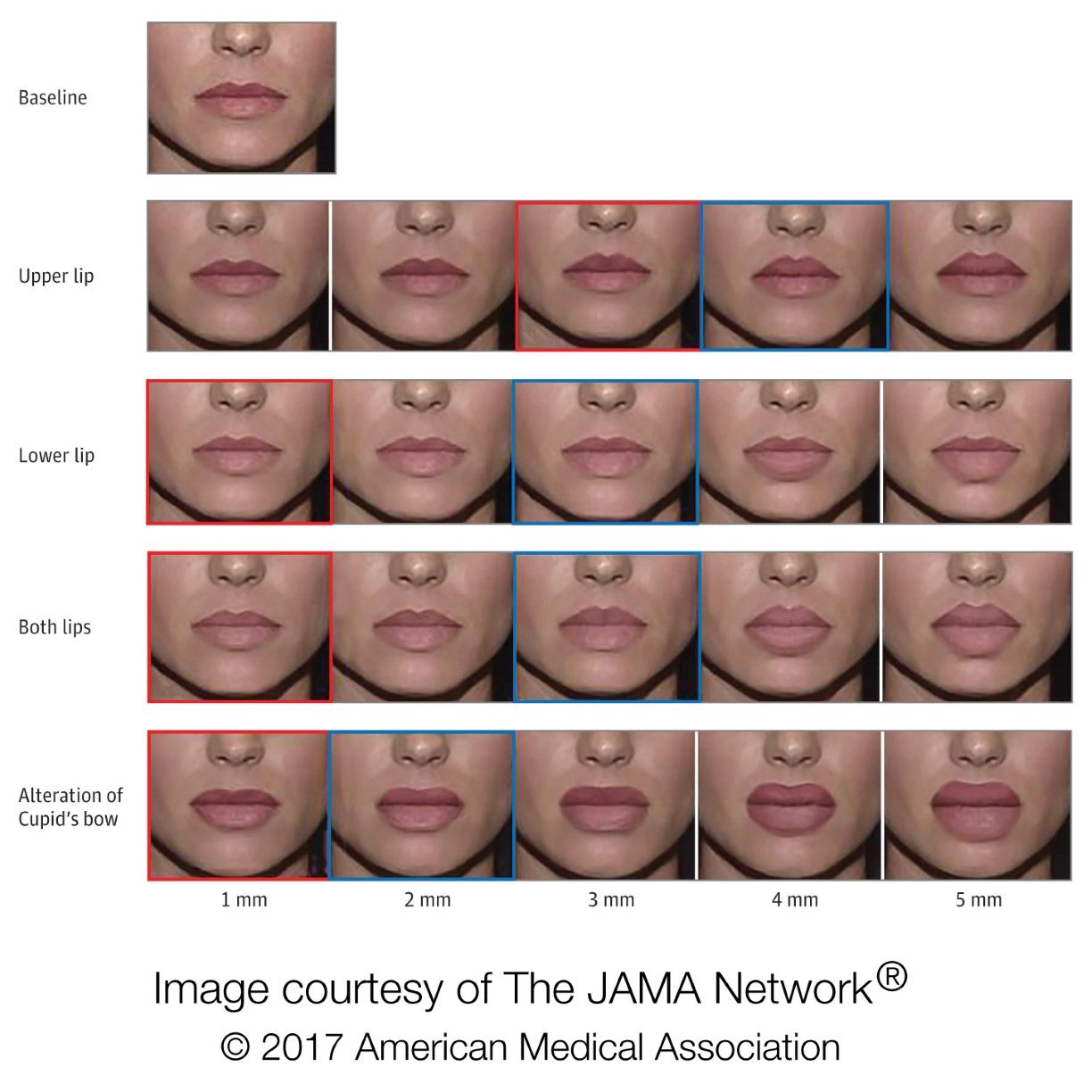
The doctors asked 98 volunteers (76 women and 22 men) to view digitally-morphed photos of a 35-year-old woman's lips in which the upper lip, lower lip, both lips, and the cupid's bow were manipulated at increments between 1 mm and 5 mm. The photos were uploaded to an online questionnaire and participants rated each photo in random order according to whether or not they thought they were attractive and if they thought they looked natural or unnatural.
The Lip Injection Giveaways
If you're looking to firmly decipher whether or not someone has had injections, be forewarned: A major takeaway for the surgeons was that a quantitative measurement of the lips as a fixed guideline for augmentation isn't exactly realistic—there are just too many individual variables.
However, there are some key takeaways from the results that could hint at artificial alteration to the lip area if you're looking out for it.
Stay In The Know
Get exclusive access to fashion and beauty trends, hot-off-the-press celebrity news, and more.
1. The *ratio* between the upper and lower lips. There are exceptions of course, but people appear to believe that the lower lip should be larger (about 1.6 times) the height of the upper lip. Furthermore, injecting just the upper lip, as opposed to both the upper and lower lips, has a narrower margin for error in terms of artificial appearance.
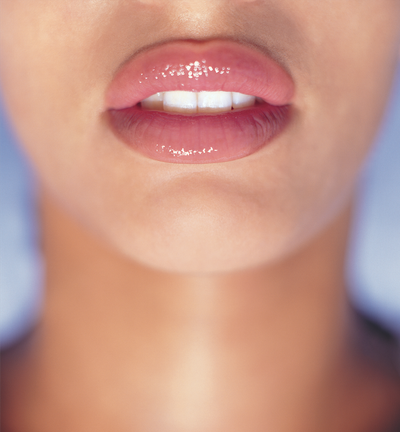
2. Alterations to the Cupid's bow are risky. The study found that any alternation to the Cupid's bow resulted in the narrowest margin for artificial appearance. So basically, if the natural double-arch shape has been comprised by too much filler, the human eye really picks up on it.
We're nominated for a Webby Award—but we need your vote to win! Vote for the Women and Guns project here.
Lauren Valenti is Vogue’s former senior beauty editor. Her work has also appeared on ELLE.com, MarieClaire.com, and in In Style. She graduated with a liberal arts degree from Eugene Lang College, The New School for Liberal Arts, with a concentration on Culture and Media Studies and a minor in Journalism.
-
 Nobody Does a Snatched Style Like Demi Lovato
Nobody Does a Snatched Style Like Demi LovatoThis slicked-back bun is the stuff of legends.
By Ariel Baker
-
 Miley Cyrus Is in Her Normal-Girl Fashion Era
Miley Cyrus Is in Her Normal-Girl Fashion EraNothing could have prepared me for her new look.
By Kelsey Stiegman
-
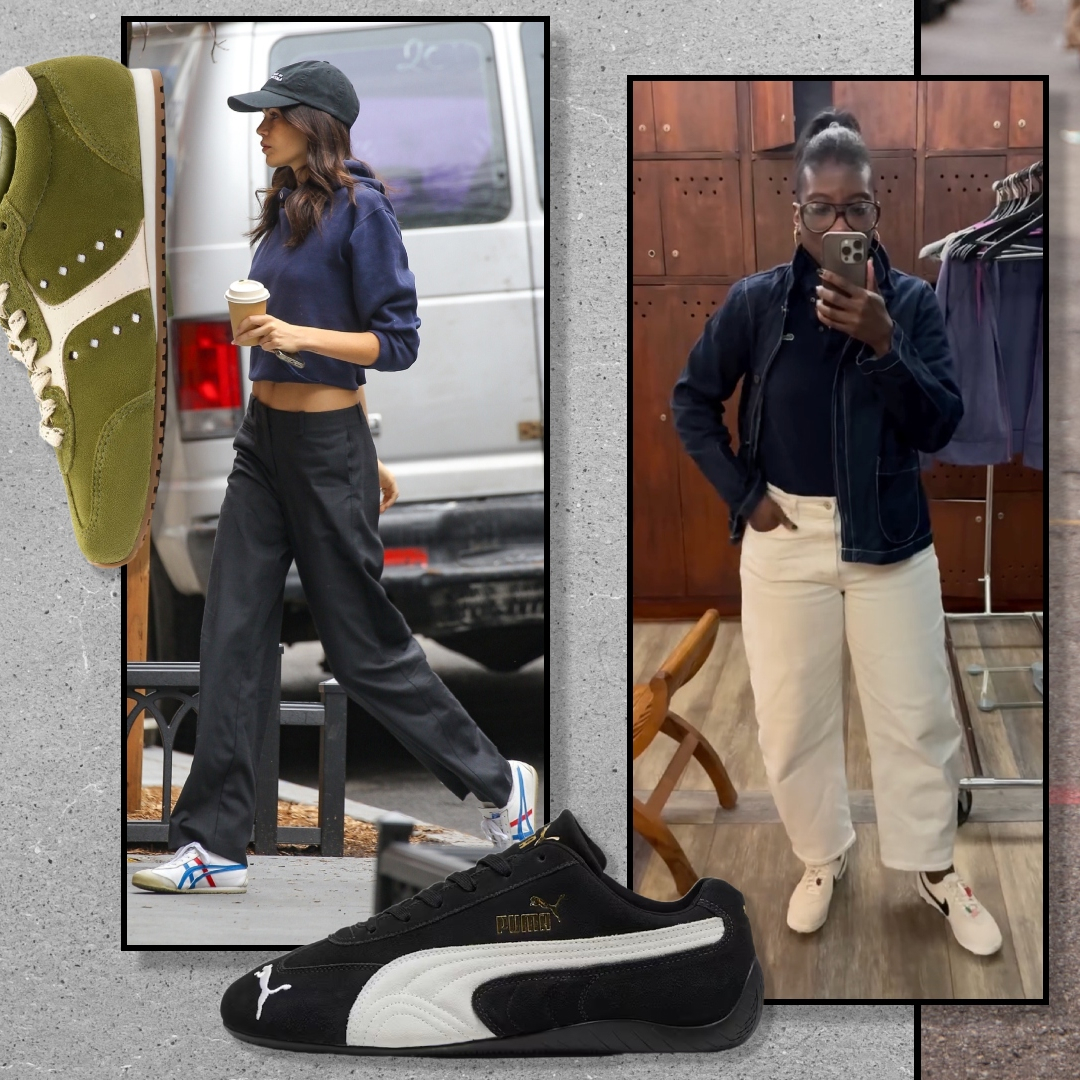 The Trendy Retro Sneakers I’m Wearing on Repeat
The Trendy Retro Sneakers I’m Wearing on RepeatFootwear designers are on a vintage kick, and I'm all for it.
By Emma Childs
-
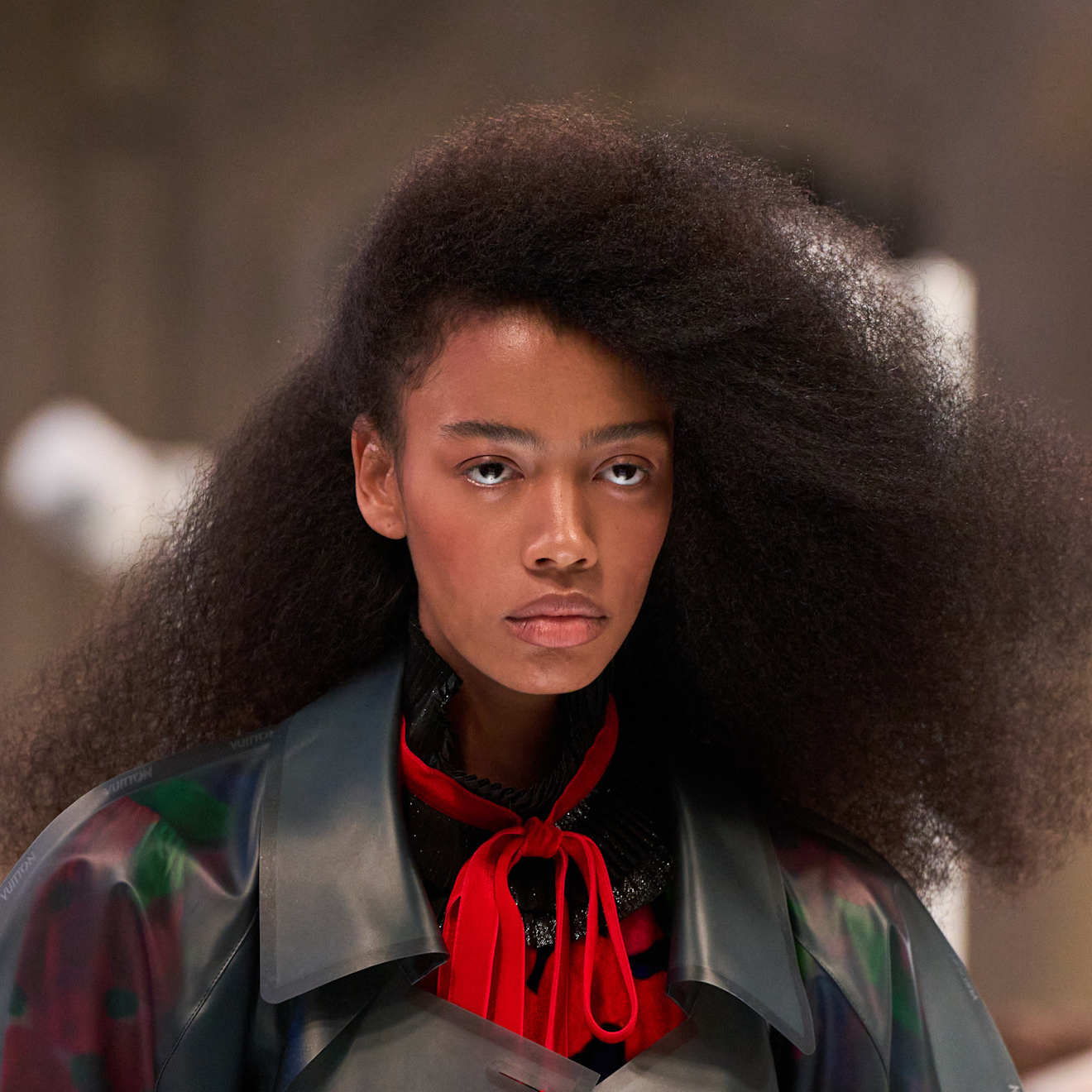 Everything You Need to Know About Marie Claire’s Skin and Hair Awards
Everything You Need to Know About Marie Claire’s Skin and Hair AwardsCould your brand survive an editor testing session?
By Ariel Baker
-
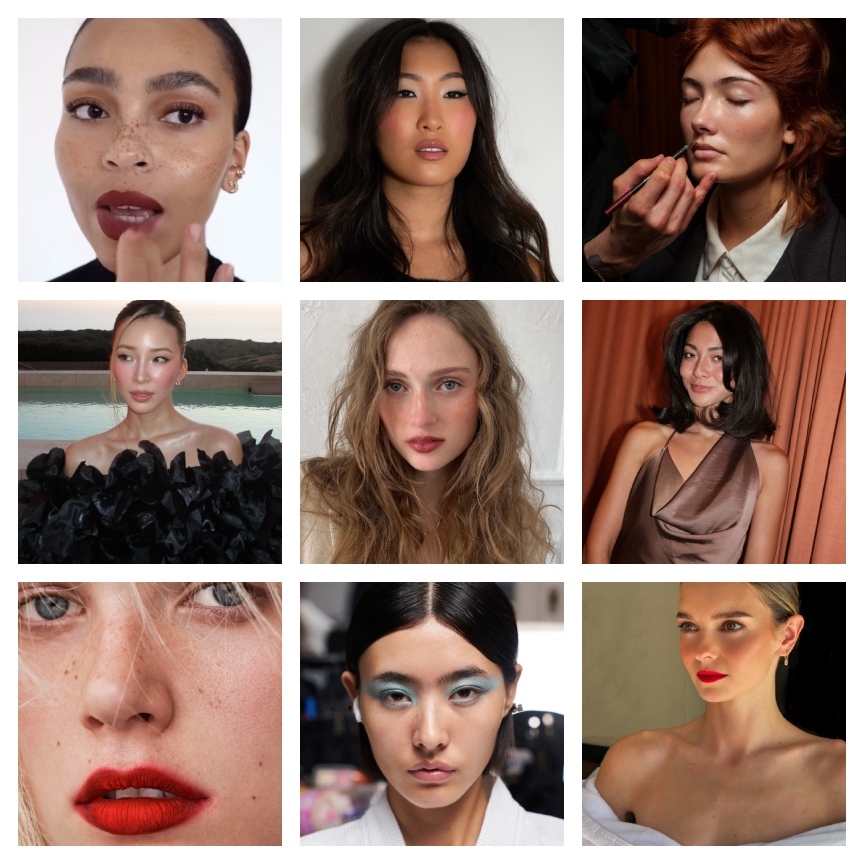 The 11 Best Spring Makeup Trends Are Sexy, Sensual, and Perfectly Luminous
The 11 Best Spring Makeup Trends Are Sexy, Sensual, and Perfectly LuminousIt's dew or die time.
By Jamie Wilson
-
 Simone Ashley’s Indie Sleaze Glam Is a Cool-Toned Dream
Simone Ashley’s Indie Sleaze Glam Is a Cool-Toned DreamThe actor was spotted in New York City looking like the epitome of cool-toned beauty.
By Ariel Baker
-
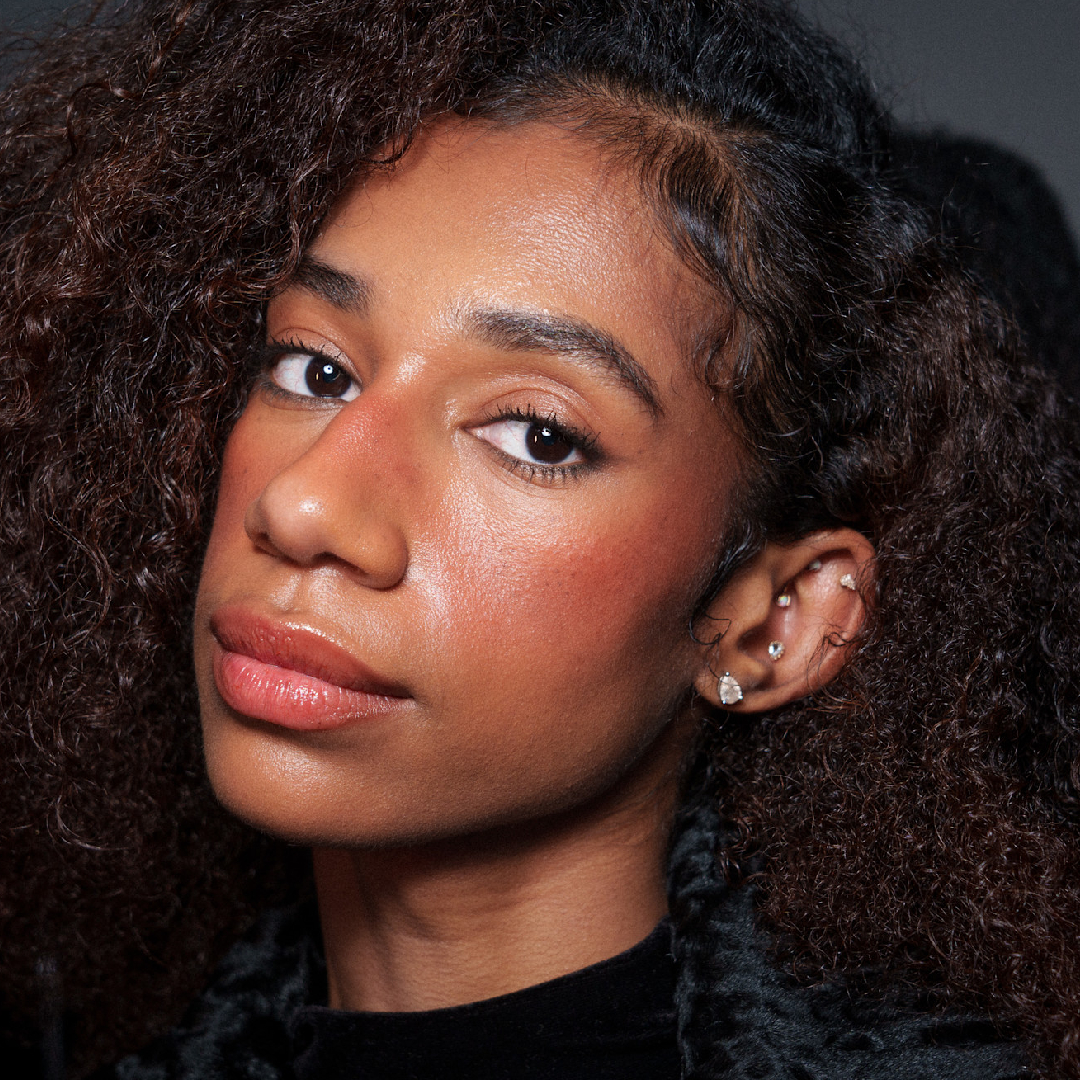 The 10 Best Hair Growth Shampoos of 2025, Tested by Editors
The 10 Best Hair Growth Shampoos of 2025, Tested by EditorsExpensive and healthy-looking hair on lock.
By Marisa Petrarca
-
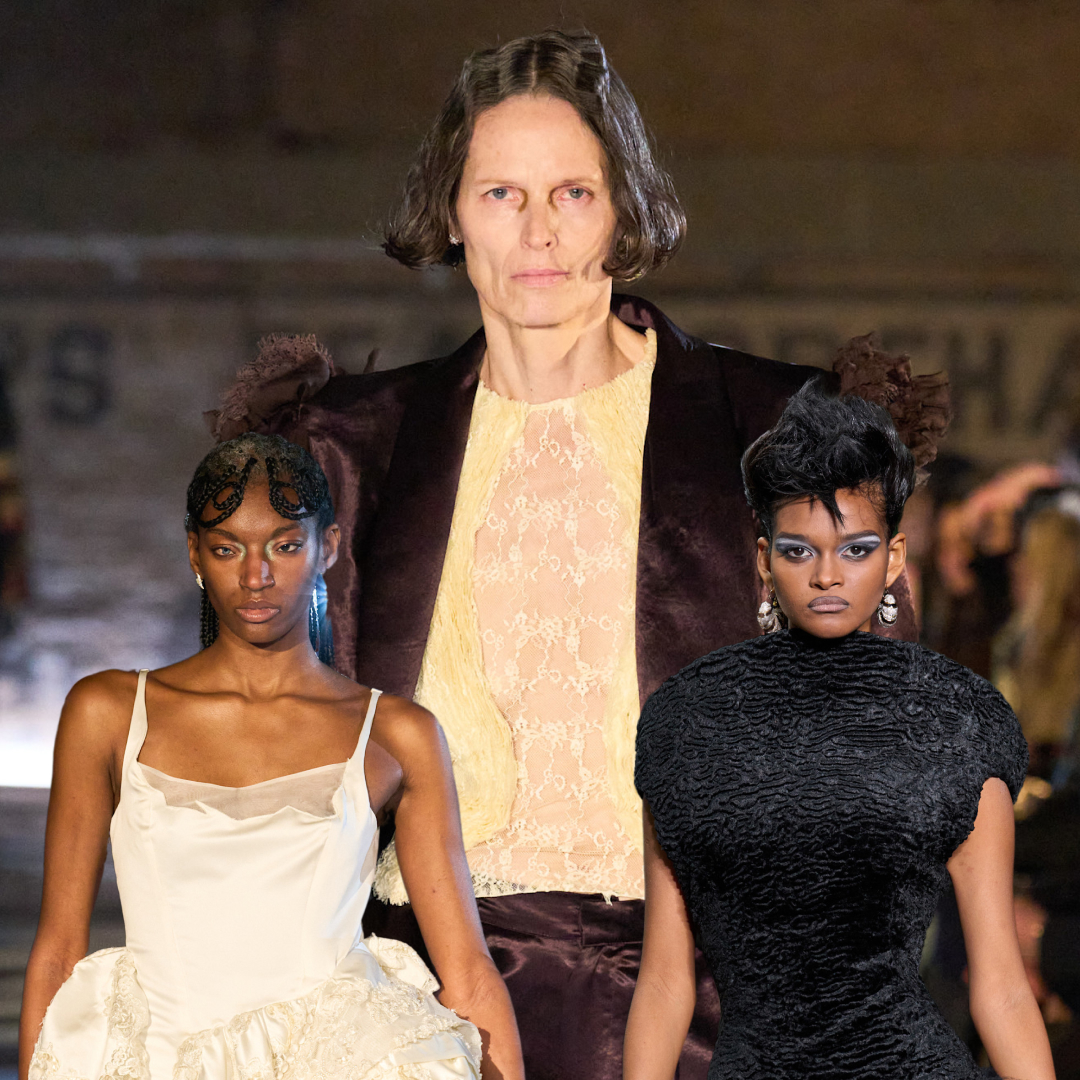 New York Fashion Week’s Fall/Winter 2025 Best Beauty Moments Are a Lesson in Juxtaposition
New York Fashion Week’s Fall/Winter 2025 Best Beauty Moments Are a Lesson in JuxtapositionThe week's best beauty looks were a maximalism master class.
By Ariel Baker
-
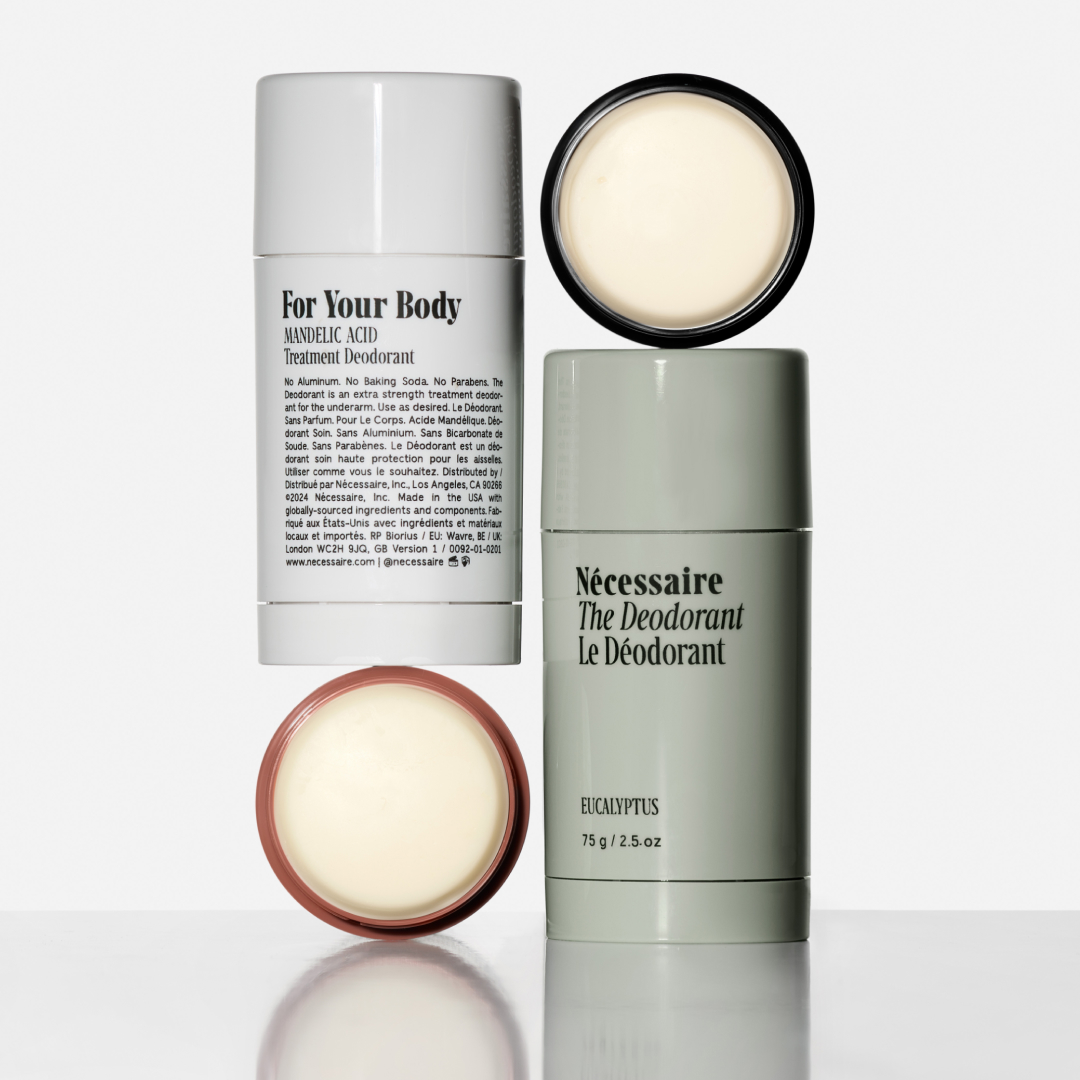 Nécessaire's Extra-Strength Deodorant Outlasts an Editor's Sweatiest Test: Fashion Week
Nécessaire's Extra-Strength Deodorant Outlasts an Editor's Sweatiest Test: Fashion WeekEven with my hectic schedule, I've never smelled better.
By Halie LeSavage
-
 Lily-Rose Depp’s Cool-Toned Makeup Is So ‘90s Coded
Lily-Rose Depp’s Cool-Toned Makeup Is So ‘90s CodedClean girl meets grunge.
By Ariel Baker
-
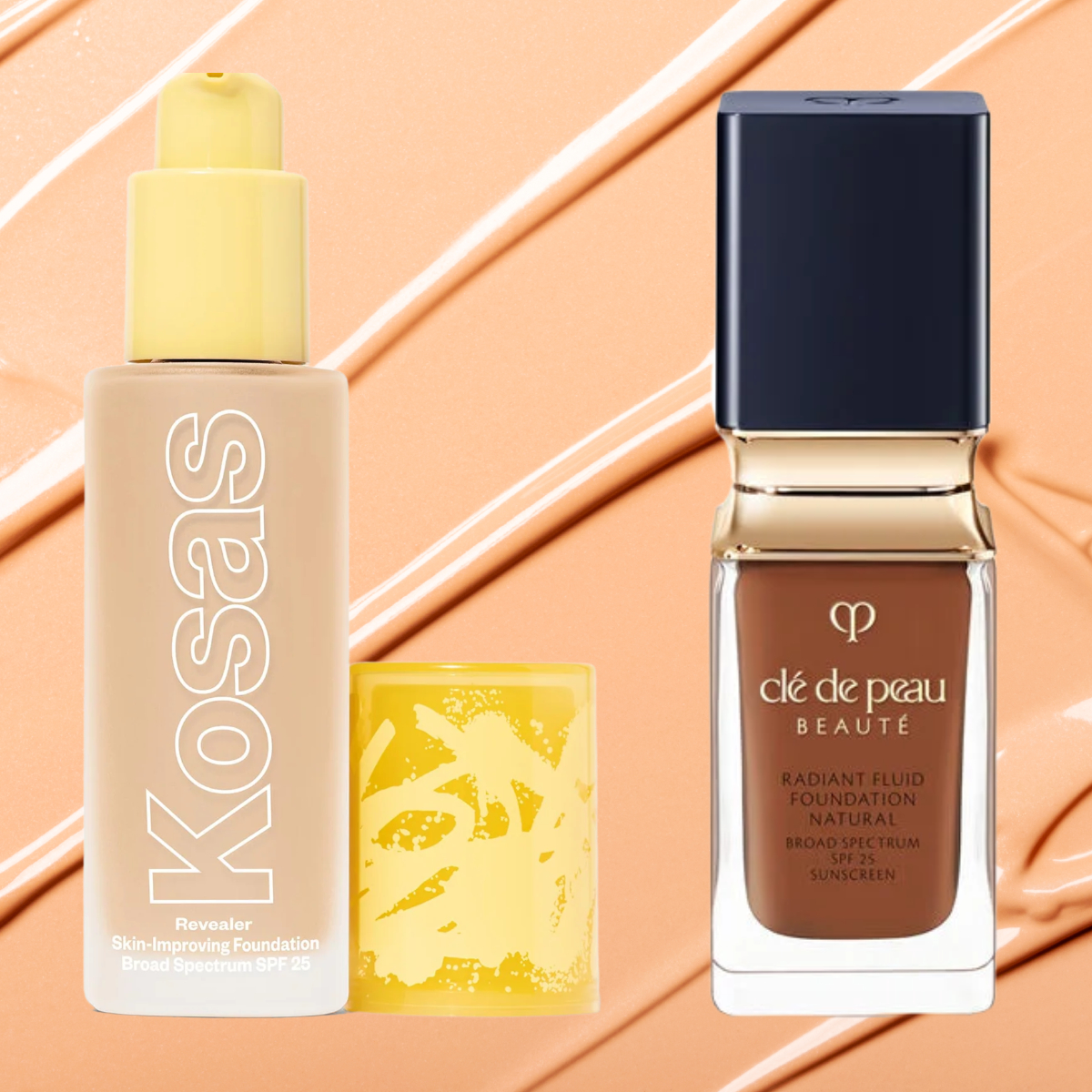 The 15 Best Foundations for Mature Skin, Tested by Women Over 50
The 15 Best Foundations for Mature Skin, Tested by Women Over 50It's perfect for mature complexions.
By Siena Gagliano